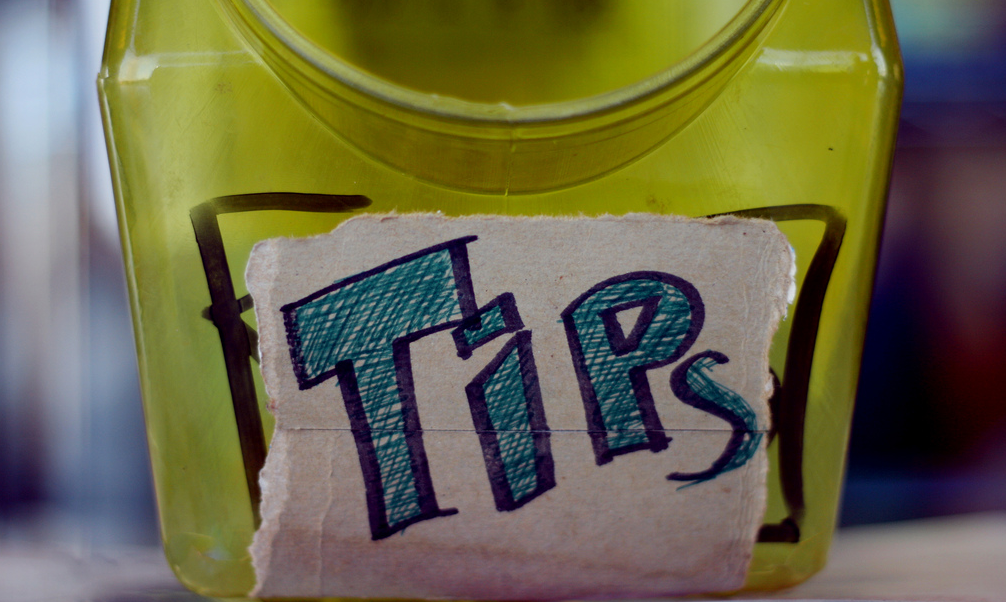How Technology & The Power Of Suggestion Are Getting People To Leave Higher Tips
The San Francisco Chronicle reports on foodservice companies that use tablet/smartphone payment systems and are setting things up so that the customer has to confirm that he doesn’t want to leave a tip.
It’s similar to a format that many taxi operators have used since they transitioned to accepting credit cards. The payment screen will suggest multiple tiers of a tip (say 10%, 15%, or 20%), or allow a customer to enter in a custom tip. Some systems also have a “no tip” or “tip in cash” option, but vendors hope that customers will go for the easy choice of just picking one of the suggested percentages.
The power of the tip suggestion was made clear last year when payment service Square tweaked its checkout procedure. Before the change, there was one screen that asked for a tip followed by a signature screen. Then Square tried to consolidate those screens, putting both the tip and signature on the same page. This change also defaulted to no-tip, meaning customers could just skip right past that section of the screen, then sign and be done with their order.
“As soon as that happened, we noticed we weren’t getting any tips,” said the operator of a San Francisco food truck. “It clearly wasn’t working.”
Facing a backlash from vendors, Square quickly re-tweaked its settings so that the vendor had the choice between the one- or two-page process.
Although Square says that some vendors like the expediency offered by the single-screen checkout, the percentage of its vendors’ transactions that include a tip had increased from 38% to nearly 50% in a year, with the average customer leaving a 17% tip.
Another food truck owner uses PayPal Here to accept customers’ credit card payments. He used to run the system from inside the truck, swiping cards for customers and asking if they wanted to leave a tip. But then he put the process in the customers’ hands with an iPad mounted on truck’s exterior. Since then, tips have at least doubled, says the owner.
Vendors tell the Chronicle that the combination of the power of suggestion — putting the idea of the tip in the customer’s mind — and the ease-of-use — taking all the math out of the process — has resulted in more and bigger tips.
“The easier you make the behavior, the more likely it is to occur,” says Nir Eyal, a Stanford Graduate School of Business lecturer.
It also means that take-out orders — which most consumers don’t tip on, or only leave nominal tips for — are now a center of tip revenue for restaurants with these payment systems.
“It’s not something you’d traditionally tip a lot for,” explains an employee at one SF sandwich shop. “It’s crazy. We’re just pushing in these orders, la-di-dah, and people are like, ‘Sure, you deserve a $5 tip on a two-sandwich order.’ ”
Want more consumer news? Visit our parent organization, Consumer Reports, for the latest on scams, recalls, and other consumer issues.


